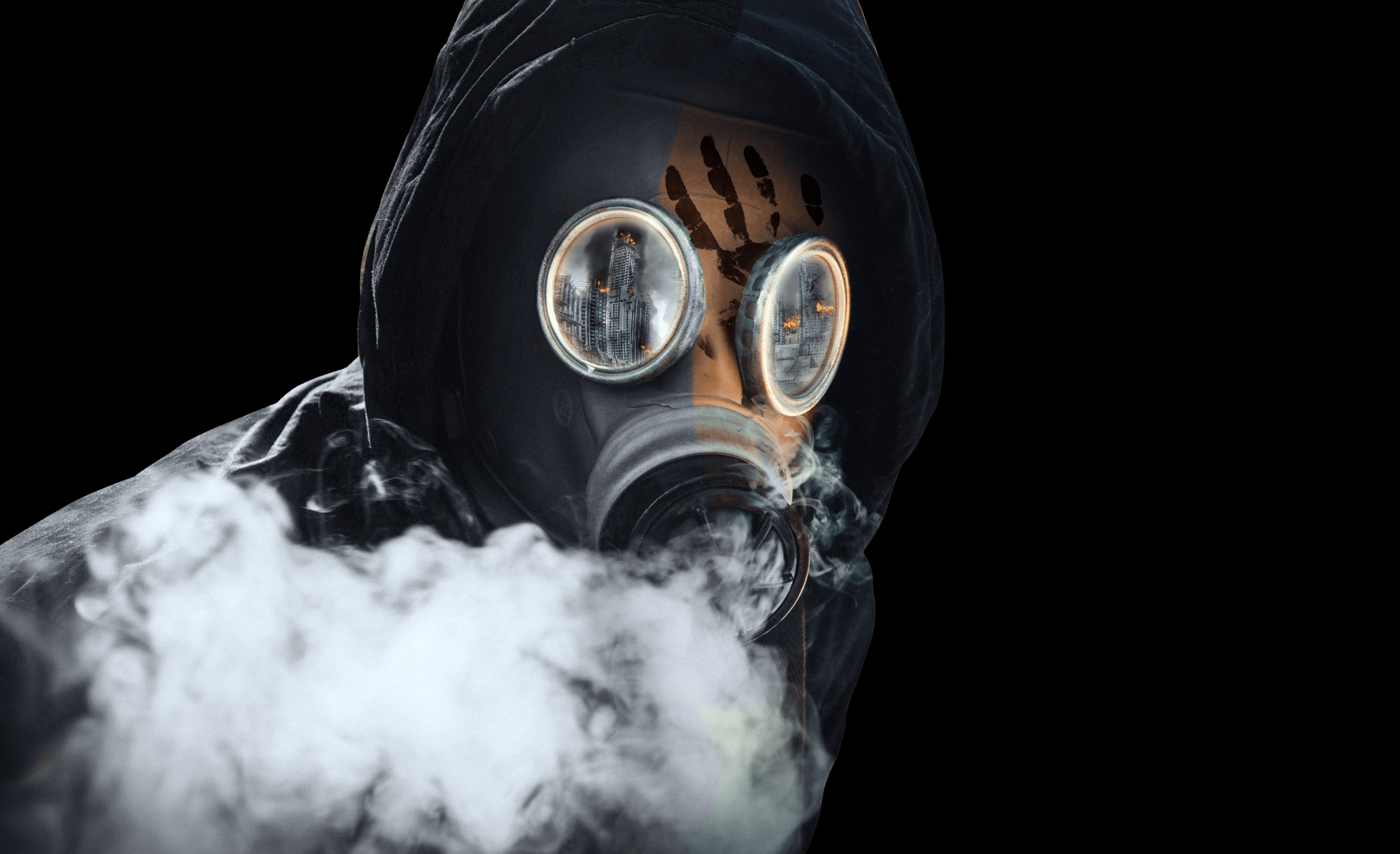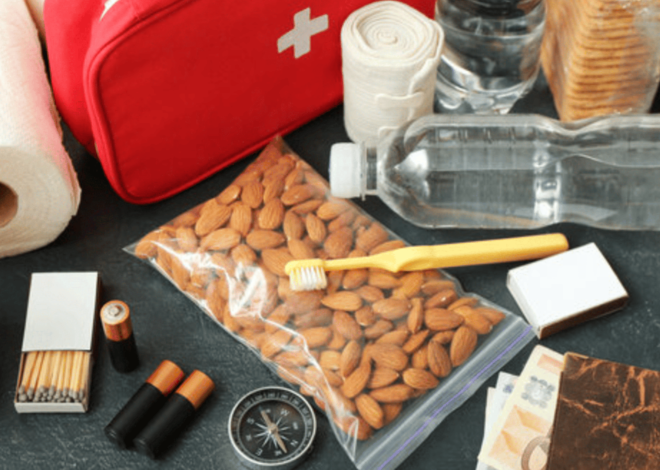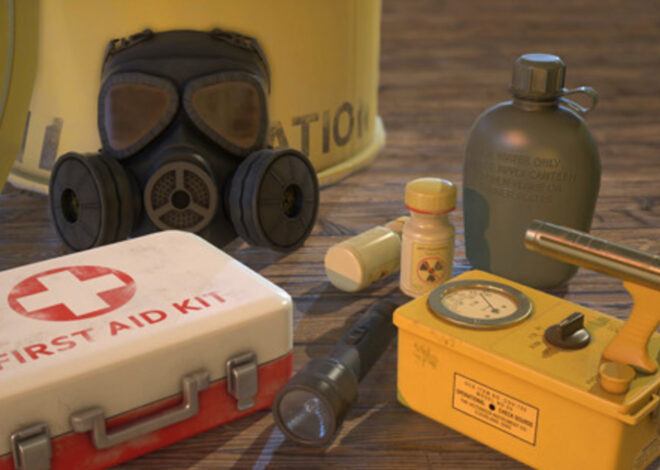
How To Make A Gas Mask
Whether you’re concerned about natural disasters, chemical spills, or even civil unrest, understanding how to make a gas mask can empower you and provide peace of mind. In a world where unexpected dangers can arise at any moment, knowing how to protect yourself is essential.
Gas masks have long been associated with military and emergency preparedness, but they serve a crucial role in personal safety too. Imagine having the skills to create a protective barrier between you and harmful airborne substances.
With just a few materials and some simple steps, you could craft your very own DIY gas mask. This guide will walk you through everything from the history of gas masks to hands-on instructions for making one yourself. Let’s dive into this fascinating topic together!
The History and Purpose of Gas Masks
Gas masks have a storied history, emerging as essential tools during wartime. Their primary purpose is to protect the wearer from inhaling harmful gases and airborne pollutants.
The earliest versions appeared in World War I, where chemical warfare introduced devastating agents like chlorine gas. Soldiers needed reliable protection against these new threats. The invention of the gas mask marked a significant advancement in military safety.
As time progressed, their use expanded beyond battlefields. First responders and industrial workers began utilizing gas masks to safeguard against toxic fumes and hazardous materials. Today, they are crucial for civilians during environmental disasters or civil unrest.
This evolution showcases not only technological advancements but also humanity’s ongoing struggle to adapt to dangerous conditions. Gas masks symbolize resilience in the face of adversity while demonstrating our commitment to safety and survival.
Types of Gas Masks and Their Uses
Gas masks come in various types, each designed for specific scenarios. The most common type is the military-grade gas mask. These are built to protect against chemical and biological agents on the battlefield.
Then there are industrial gas masks, often used by workers in hazardous environments. They filter out harmful fumes and particulates, ensuring safety during everyday tasks.
Another option is the civilian or emergency gas mask. Typically found in disaster preparedness kits, these provide basic protection against smoke and airborne toxins during emergencies.
Specialized gas masks cater to unique needs—think of those used by first responders or firefighters. Their designs prioritize durability while offering enhanced visibility and breathability under extreme conditions.
Each type serves its purpose effectively, showcasing the versatility of this essential protective gear.
Materials Needed to Make a DIY Gas Mask
Creating a DIY gas mask requires some common materials. Start with a sturdy base, like an old backpack or a plastic container. This will give your mask structure and protect your face. Next, you’ll need layers of filtration material.
Activated charcoal is excellent for absorbing harmful particles. You can also use coffee filters or thick fabric as additional barriers. A pair of goggles is essential to protect your eyes from irritants. Look for ones that fit snugly and seal around the edges.
For the straps, repurpose elastic bands or fabric strips to ensure a secure fit on your head. Comfort is key during prolonged use. Don’t forget about sealing materials! Duct tape works wonders in creating airtight seals between components.
Collect these items before diving into construction; having everything ready makes the process smoother and more efficient.
Step-by-Step Guide to Making a Gas Mask
Step 1: Preparing the Base of the Gas Mask
To begin creating your DIY gas mask, focus on preparing a solid base. This foundation is crucial for comfort and effectiveness. Start with a piece of sturdy material like plastic or rubber. These materials are durable and can easily form around your face.
Next, trace the outline of your face on the chosen material. Make sure to account for features like the nose and chin to ensure a snug fit. Cut out this shape carefully; precision is key here.
You may want to add padding inside using foam or fabric scraps for added comfort during wear. Ensure that it’s not too thick, as you’ll need space for the filter later on.
Create openings where needed—specifically for eyes and mouth—while keeping in mind that these should be covered but still functional when assembling further components of your mask.
Step 2: Creating the Filter
Creating the filter is a crucial step in making your DIY gas mask. This component helps purify the air you breathe, ensuring harmful particles are kept at bay.
Start by gathering activated charcoal. This material is effective in trapping toxins and chemicals. You can find it at most health stores or online.
Next, you’ll need to layer your filter. Use cotton or another fine fabric as a base to hold the charcoal securely. Place a generous amount of activated charcoal on this layer, distributing it evenly for optimal coverage.
To enhance filtration, consider adding an additional layer of sand or baking soda above the charcoal. These materials can help neutralize various contaminants further.
Secure all layers together using tape or glue, ensuring no gaps remain that could allow unfiltered air to enter your mask during use.
Step 3: Assembling the Gas Mask
Once you have your base and filter ready, it’s time to bring everything together. Start by carefully attaching the filter to the front of the mask. Make sure it fits snugly; any gaps can compromise effectiveness.
Next, take the straps you’ve prepared earlier. Attach them securely at both sides of the gas mask. They need to provide a comfortable yet tight fit around your head.
After that, double-check all connections. Look for potential leaks or loose fittings that could impact performance. If necessary, use duct tape or strong adhesive to reinforce these areas further.
Ensure you can see clearly through your material without obstruction. A well-assembled gas mask should provide comfort as much as protection while allowing full visibility during use.
Tips for Testing and Using Your Homemade Gas Mask
Testing your homemade gas mask is crucial. Start by conducting a simple seal test. Put on the mask and cover the filters with your hands. Inhale gently; if air leaks in, it’s time to improve the fit. Next, check for comfort and visibility.
Wear it for a few minutes while doing light activities indoors. This helps you gauge how it feels during extended use. Always keep an eye on your surroundings when using the mask outdoors. Being aware of potential hazards can enhance safety significantly.
Maintain proper hygiene too. Clean your gas mask regularly to prevent mold or bacteria buildup, especially after storing it for long periods. Practice emergency scenarios occasionally so everyone knows how to use their masks efficiently when needed. Familiarity breeds confidence and readiness in critical situations.
Safety Precautions and Maintenance of Gas Masks
When it comes to using gas masks, safety should always be your top priority. First, ensure that your mask fits securely on your face. A proper seal is crucial in preventing contaminants from entering. Regularly inspect the mask for any signs of wear and tear. Check straps, filters, and valves for damage.
Replace any worn-out components immediately. Cleaning is equally important. Use mild soap and water to clean the exterior after each use. Avoid harsh chemicals that might degrade the material. Store your gas mask in a cool, dry place away from direct sunlight. This helps prevent deterioration over time.
Familiarize yourself with the operation of your mask before an emergency arises. Practice putting it on quickly and efficiently so you can respond effectively when needed.
Conclusion
Creating a gas mask can be an intriguing project for those interested in DIY crafts or emergency preparedness. Understanding the history and various types of gas masks provides valuable context about their purpose, while knowing the materials needed equips you to build your own effectively.
Following a step-by-step guide ensures that your homemade mask serves its intended function, but remember to test it carefully before relying on it in any situation. Safety precautions are paramount when working with potentially hazardous materials or using protective gear.
Maintaining your gas mask is equally important as ensuring it’s built correctly. Regular checks and cleaning can extend its lifespan and keep you safe should you ever need to use it.
As you explore how to make a gas mask, consider the broader implications of what such knowledge means for personal safety and preparedness in uncertain times. Whether this endeavor stems from curiosity or practicality, being informed is always beneficial.



